Handling and features
Performance
Verdict
Specification
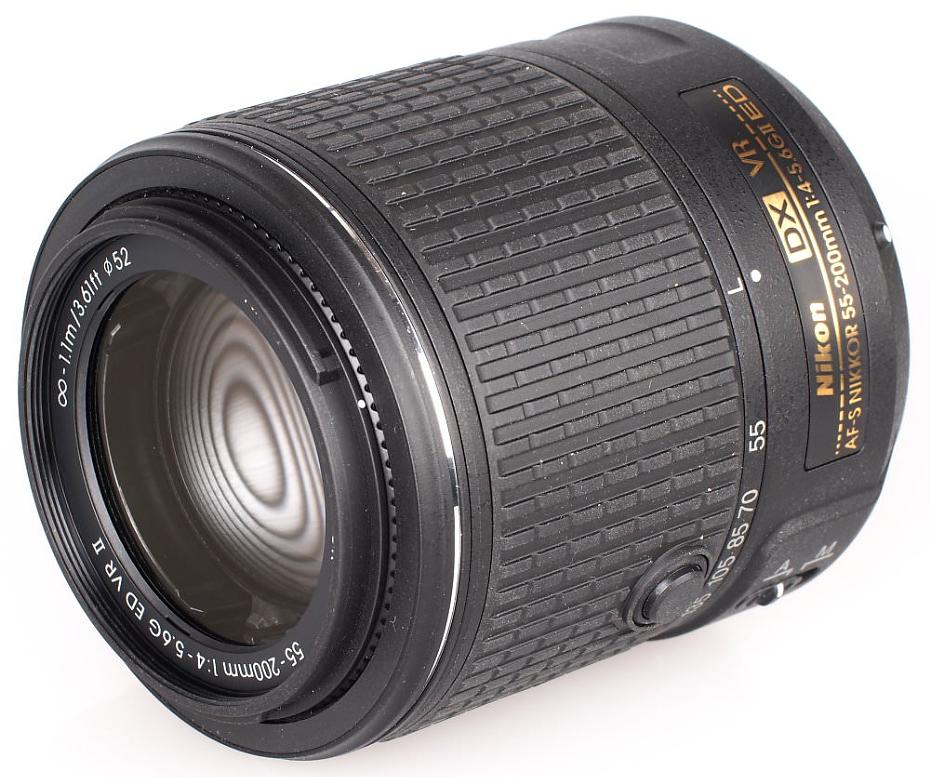
This new telephoto zoom lens sports a compact, collapsible design, Vibration Reduction and silent focusing. It costs around £270, and in this review, we'll take a look at how it performs.
Nikon AF-S DX Nikkor 55-200mm f/4–5.6G VR II Handling and Features

As the SLRs Nikon release keep getting smaller, so do the entry level lenses in their range. The collapsible design shaves valuable inches off the overall length of the lens when it is stored in a bag or case, making it ideal for taking on your travels. A button on the zoom ring releases the lens along with rotating the zoom ring and the process is reversed to fold it back in. Build quality is typical of Nikon entry-level lenses, with high-quality plastics being used for all of the construction, including the lens bayonet. The light weight of 300g and compact size make this lens the perfect companion for compact Nikon DSLR bodies, such as the D5500 used for testing.
Autofocus is powered by a silent wave motor, and auto focus speeds are pretty quick for a lens of this level. Unlike more expensive AF-S lenses manual adjustments cannot be applied at any time via the focusing ring and autofocus needs to be disengaged via the switch on the side of the lens. The manual focus ring is flush to the part of the lens that extends when unfolded and is not damped at all. This can make applying manual focus adjustments trickier than with a smoother focusing ring. The zoom range felt quite gritty in operation during testing too.
Closest focus distance is 1.1m throughout the zoom range. The 52mm filter thread does not rotate, which should make this lens ideal for use with graduated filters and polarisers.
Nikon's Vibration Reduction II system promises to allow hand-held shots to be taken at shutter speeds slower than would be possible without the technology. So long as the system is given time to kick in properly and images are shot with care, hand-held shots at 1/40sec are possible around half the time at 200mm, which is around three stops slower than the usual rule of thumb would advise.

Nikon AF-S DX Nikkor 55-200mm f/4–5.6G VR II Performance
At maximum aperture and 55mm, sharpness is excellent in the centre and falls just short of good levels towards the edges of the frame. Stopping down improves performance across the frame, with peak sharpness being achieved at f/8. Here clarity is outstanding in the centre and excellent towards the edges of the frame.
Zooming to 105mm results in a reduction of performance at maximum aperture. Here sharpness is very good in the centre, but can only be considered fair towards the edges of the frame. Stopped down to f/8, performance at this focal length is much improved. Here sharpness is outstanding in the centre and good towards the edges of the frame.
Finally, at 200mm sharpness falls further, with good clarity being produced in the centre of the frame and fair performance towards the edges. Stopping down to between f/8 and f/16 results in very good sharpness in the centre and good clarity towards the edges of the frame.
|
MTF@55mm |
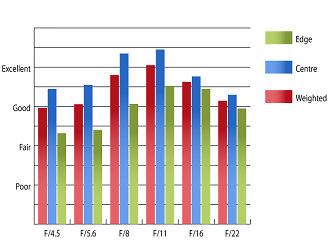
MTF@105mm |
|
MTF@200mm |
How to read our chartsThe blue column represents readings from the centre of the picture frame at the various apertures and the green is from the edges. Averaging them out gives the red weighted column.The scale on the left side is an indication of actual image resolution. The taller the column, the better the lens performance. Simple. For this review, the lens was tested on a Nikon D5500 using Imatest. |
Levels of chromatic aberrations are remarkably well controlled, barely exceeding a quarter of a pixel width at any point in the zoom range. This low level of fringing should barely be visible, even in large reproductions and harsh crops from the edges of the frame.
|
|
|
|
|
How to read our chartsChromatic aberration is the lens' inability to focus on the sensor or film all colours of visible light at the same point. Severe chromatic aberration gives a noticeable fringing or a halo effect around sharp edges within the picture. It can be cured in software.Apochromatic lenses have special lens elements (aspheric, extra-low dispersion etc) to minimize the problem, hence they usually cost more. For this review, the lens was tested on a Nikon D5500 using Imatest. |
Falloff of illumination towards the corners of the frame is well controlled for a lens of this range and maximum aperture. Throughout the zoom range the corners are 0.9 stops darker than the image centre at maximum aperture and visually uniform illumination is achieved stopped down by one full stop .
Distortion is also well controlled for a lens of this type with 0.47% barrel distortion present at 55mm, which gives way to 1.16% pincushion distortion at 200mm. If straight lines are paramount, you'll be glad to hear that the distortion pattern is uniform across the frame, which should make applying corrections in image editing software relatively straightforward.
This lens is quite resistant to flare, and contrast holds up well when shooting into the light.
Nikon AF-S DX Nikkor 55-200mm f/4-5.6G ED VR II Sample Photos
Nikon AF-S DX Nikkor 55-200mm f/4–5.6G VR II Value For Money
With a price of around £270, this lens seems quite expensive, especially as its non-collapsible predecessor is still available for around £100 less. That's no small saving. In fact, for a little extra reach, you can pick up Nikon's 55-300mm lens for £250, which is still less than what this lens sell for.
Nikon AF-S DX Nikkor 55-200mm f/4–5.6G VR II Verdict
Collapsible lenses appear to be in fashion at the moment, and the smaller size will appeal to those who don't fancy carrying a large bag full of lenses around with them at all times.
This lens certainly isn't a bad one, with performance around the level you'd expect from an entry-level optic. What is surprising is the price, with it retailing for £100 more than the non-collapsible equivalent. The price will need to drop in time for this lens to offer real value to the consumer.
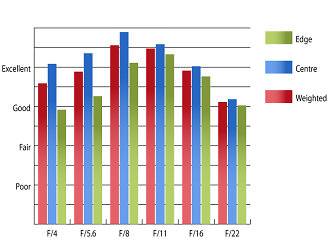

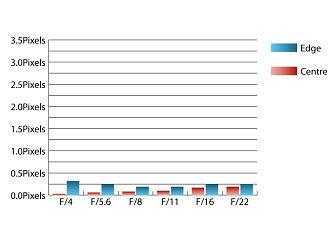 CA@55mm
CA@55mm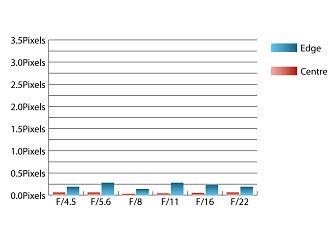
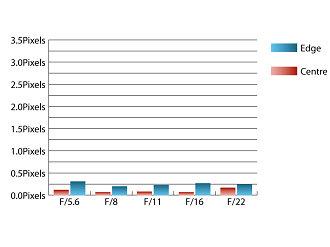 CA@200mm
CA@200mm






